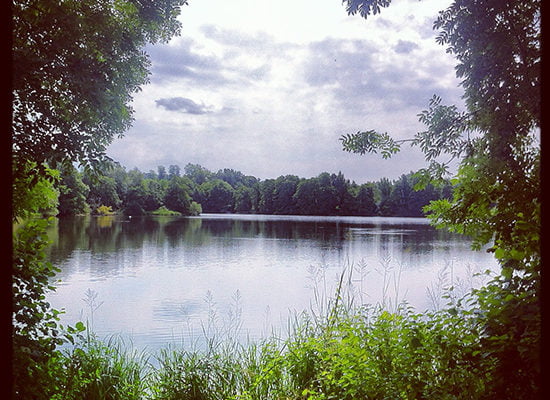Sevenoaks Wildlife Reserve is the operating name of Sevenoaks Gravel Pits, a Site of Special Scientific Interest between the M26 motorway and the town of Sevenoaks in southeast England. It is a former gravel-pit of around 71 hectares (175 acres), split roughly evenly between water and land, and attracts a huge variety of species thanks to its diverse array of habitats.
The site was converted from gravel-pit to nature reserve by the Harrison family – particularly Jeffery Harrison, after whom the visitor centre is named. As such, the site is almost totally man-made – nearly all trees on the site were manually planted, and the lakes and ponds were created by excavating and flooding former gravel workings with water from the River Darent. As such, the site represented the first such conversion of a gravel-pit anywhere in the United Kingdom.
Large areas of gravel and sand were replaced with woodland, supporting birds such as woodpeckers, warblers and tits, as well as other migratory birds. These include siskins – a bird that comes in the winter months to feed on alder seeds.
Areas of the reserve have been left to mature and reach old age, with plenty of dead wood habitat for fungi and insects. In contrast, other sections see the trees are coppiced to create open areas and denser woodland with its own community of plants and animals. The reserve further includes five lakes and a mixed habitat of ponds, seasonally flooded pools, and reedbed; and the combination of wetland and woodland enables the reserve to support a diverse community of plants, fungi and animals. As of 2006, over two thousand species have been identified on the site.









Comments